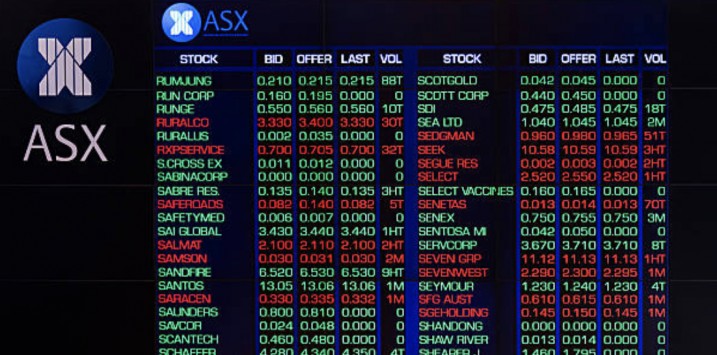
An alternative way to look at the largest ASX-listed companies
One of the more profound changes to the practice of investment management in recent years has been the improvement in the availability of information; a change driven by both regulation and technology.
Information that once was made available selectively to those with access to management meetings is now broadcast widely via carefully scripted presentations that are released to the market at the same time as they are made, often via webcast. Financial data that once was available only to those who made a careful study of annual reports is now hoovered up electronically by powerful computers and stripped of its insights in short order. Also, new sources of information are springing up constantly, in the form of things like social media, satellite images, and a host of public and proprietary data sets generated by connected machines and sensors.
As the flow of information speeds up and traditional sources of informational edge get eroded, investors need to be on their toes to keep up.
One potentially interesting and new-ish source of information on listed companies comes from Glassdoor.com, which allows employees to anonymously review companies and their management. Glassdoor provides employee-generated ratings for various things that might be relevant to people making career decisions, including work/life balance, career opportunities and compensation. It also provides ratings on things that might be of interest to investors, including ‘CEO Approval’, and the extent to which employees see the company as having a ‘Positive Business Outlook’.
Considerable care is needed in interpreting these sorts of data. For example, it is likely that a company undertaking large scale restructuring would not be especially well-rated, even though the changes may be shareholder-friendly, and comparisons across different industries may be difficult to make. Good or poor ratings may also reflect things that are already well-known and so have limited investment value. Finally, in many cases, sample size may just be too small to draw a valid estimate.
With those caveats out of the way, it might be fun to look at how Australia’s largest listed companies compare on some of Glassdoor’s ratings. The table below sets out some of the larger ASX names sorted in order of ‘Positive Business Outlook’.
| Company | CEO Approval | Positive Business Outlook |
| Macquarie | 99% | 71% |
| Aristocrat Leisure | 84% | 59% |
| CBA | 87% | 58% |
| Transurban | 84% | 57% |
| Westpac | 85% | 55% |
| CSL | 66% | 55% |
| Woolworths | 85% | 55% |
| ANZ | 89% | 54% |
| Rio Tinto | 85% | 52% |
| Woodside | 69% | 50% |
| Brambles | 67% | 48% |
| ASX | 69% | 48% |
| Coles Group | 68% | 46% |
| NAB | 67% | 41% |
| BHP | 74% | 39% |
| Suncorp Group | 71% | 35% |
| QBE | 53% | 35% |
| AGL Energy | 68% | 35% |
| Telstra | 35% | 31% |
| Santos | 64% | 29% |
| Amcor | 65% | 28% |
| Insurance Australia Group | 57% | 17% |
On these measures there appears to be daylight between Macquarie Group and the other companies listed, with CEO Approval especially high at 99 per cent. Shemara Wikramanayake has clearly earned the respect of her colleagues since commencing with Macquarie back in 1987.
Also interesting is the position of Telstra, whose poor rating may simply reflect the well-understood issues arising from the transition to the NBN and the associated need for restructuring and headcount restructuring.
Finally, the major banks appear reasonably well placed, although NAB is something of a laggard. Hopefully this reflects a justifiably positive view of the outlook for credit growth in Australia, and not blissful ignorance of the pressures currently being felt in residential property.
Yep, I can’t see how this could be reliable. The internal ratings at my own workplace (not with glass door) involved the management making staff publicly sign that that they had done the survey. One has to put in demographic info that provides a good means of management figuring out who had done the survey. What is hilarious is that disgruntled staff game the survey by putting in false demographic data so as to avoid identification.
I guess there is no substitute for good old fashioned socialising though that’s very time consuming.
Interesting thoughts,
Worth noting some companies have been caught cheating on glassdoor.
https://www.wsj.com/articles/companies-manipulate-glassdoor-by-inflating-rankings-and-pressuring-employees-11548171977
https://tech.slashdot.org/story/19/01/22/1739255/how-companies-secretly-boost-their-glassdoor-ratings